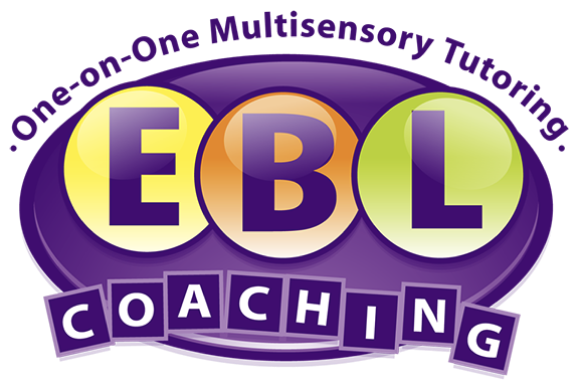
The Homework Debate

Is homework harmful or helpful? A local education expert considers both sides.
Completing homework is a task that most of us have come to associate with school. When students begin their academic journey, they are typically expected to complete just a small amount of homework, but as they progress through school, the at-home workload naturally rises. Some children thrive with these increasing homework demands, building their self-confidence as they complete and turn in their assignments independently. Yet others struggle with this task, ultimately feeling frustrated, stressed, and discouraged. Proponents of homework feel that it offers a myriad of benefits, but others feel it should be completely nixed. So who is right?
The Benefits of Homework
Those who support homework feel that it reinforces key learning concepts taught in class and helps kids develop important study skills and habits. At a young age, the mere act of taking out a homework assignment from their backpack–even if it is only one page–completing it, and then putting it away to be turned in helps children develop responsibility and confidence. For older students, by completing work at home, they are able to practice what they learned at school, identify any areas of confusion, and later ask their teacher for clarification of unclear concepts. Teachers can also track progress by analyzing a child’s homework and assessing if and where she is struggling, in order to properly address areas of concern and modify the curriculum as needed.
Proponents of homework also feel that it gives parents the opportunity to see the material their child is learning at school and find ways to reinforce the work outside of the classroom. For instance, if your child is learning about fractions, you can bring the concepts to the kitchen by baking brownies and pouring 1/4 cup oil, 1/2 cup water, and so on. If your child is learning about nature at school, you can have him collect grass, leaves, insects, and flower petals, and analyze them in a microscope to further develop his interest in learning.
The Cons of Homework
Those who oppose homework argue that it offers little value. Imagine coming home and seeing your child struggling to complete several sheets of math homework. You try to help her, but realize the concepts are now taught in a completely different way than when you were a child, and you simply can’t assist her. Your child is utterly confused on how to solve the problems. She becomes frustrated, and you become stressed. The tension builds as hours upon hours are spent trying to complete the work, to the detriment of extracurricular activities, socializing with friends, and family time.
The anti-homework crowd feels that much of the take-home work that is given to students is “busy work”–work that has no real value, but is given simply for the sake of giving homework. Children become burnt out and utterly exhausted by the volume of work they receive. They find little or no time to unwind and engage in other, non-school-related activities–many of which, some argue, offer more value than schoolwork.
Certain schools maintain a no-homework policy, and have found that students are active participants in class and later, on their own, continue their learning at home. They may explain science experiments to their parents, write in journals, or engage in reading, all without prompting or fixed deadlines. They develop a true joy for learning, while becoming self-driven and motivated.
What is the Solution?
It’s difficult to argue that homework has no value at all. In fact, a 2006 study found a link between time spent on homework and academic achievement–stronger at the secondary level, but still linked at the elementary level. Yet the same study found that there is a point of diminishing returns when it comes to homework. Middle schoolers “max out” at 90 minutes, while high schoolers reach their peak at 90 minutes-2.5 hours. Thus, one of the keys to solving the homework dilemma is identifying the right amount of homework to give. Some say 10-20 minutes per day is ideal for kids in grades K-2, while 30-60 minutes is appropriate for kids in grades 3-6, though the amount of homework given to students should be individualized as much as possible based on academic levels and perceived abilities.
The type of homework also matters. Homework should not be tedious–a list of tasks given for the sake of checking off a “to-do” box. It should be valuable; teachers should be able to justify that the homework given is beneficial in some way. Quality, not mere quantity, should be emphasized.
The homework battle is one that may never be solved. There will always be those who strongly believe in homework and those who don’t. Yet finding a happy medium–homework that is not too cumbersome, but that offers true value–may be the ultimate solution.
